Key Takeaways
Kinetic metal art with motors relies on precise engineering to achieve mesmerizing motion. At its core, three elements define success: motor compatibility, mechanical harmony, and aesthetic illusion.
| Component | Function | Design Tip |
|---|---|---|
| Gear Motor Systems | Transfer power to rotating layers | Use low-torque motors for smooth, quiet operation |
| Rubber Drive Wheels | Reduce friction between layers | Opt for silicone rubber for durability and grip |
| Clockwork Integration | Enable intermittent motion patterns | Align gear teeth with layer weight distribution |
| Optical Illusions | Enhance perceived motion complexity | Angle layers at 15–30° for depth effects |
"The magic of kinetic art lies in making the mechanical invisible. When gears and motors become extensions of the sculpture’s narrative, the viewer sees motion, not machinery." — Industrial Sculptor Lina Torres
Understanding these elements ensures seamless interaction between motorized systems and metal layers. A critical consideration is torque calibration—excessive force can warp thin metal sheets, while insufficient power stalls multi-layered pieces. For artists, balancing rotational speed (5–20 RPM) with layer diameter creates hypnotic visual rhythms.
Pro Tip: Test drive-wheel materials (rubber, nylon, or polyurethane) on scrap metal first. Surface texture impacts both grip and noise levels, which are crucial for indoor installations.
Transitioning from concept to execution requires iterative adjustments. For example, aligning a central motor’s output shaft with the sculpture’s center of gravity prevents wobbling, while external wheel drives demand precise alignment of secondary axles. These technical choices directly influence whether the artwork whispers or clatters as it moves.
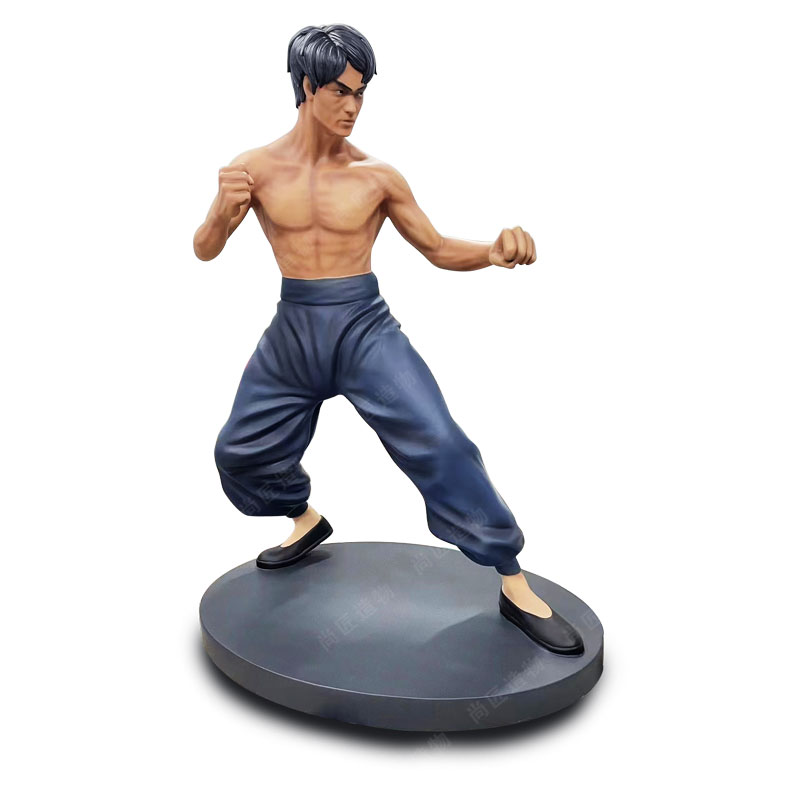
Kinetic Art Gear Motor Systems
Gear motor systems form the mechanical backbone of kinetic metal art, translating electrical energy into precise rotational movement. These systems typically employ low-voltage DC motors or stepper motors, selected for their torque consistency and speed control—critical factors when synchronizing multiple rotating layers. Engineers often integrate planetary gearboxes to reduce noise and increase torque output, ensuring smooth operation even under the weight of layered metal components. For instance, worm gear configurations prove effective in applications requiring abrupt directional changes, adding dynamic visual contrast to sculptures.
A key consideration involves balancing motor capacity with artistic intent: smaller sculptures may utilize 12V motors with 30-50 RPM ranges, while larger installations demand 24V systems capable of sustaining motion across extended periods. Recent advancements include brushless motors paired with programmable controllers, allowing artists to choreograph speed variations that enhance optical illusions. Notably, realistic sculpture designs often incorporate fail-safes like thermal overload protection to prevent motor burnout during continuous exhibitions. This mechanical foundation seamlessly transitions into drive mechanisms, where rubber wheels and clockwork elements further refine motion transmission.
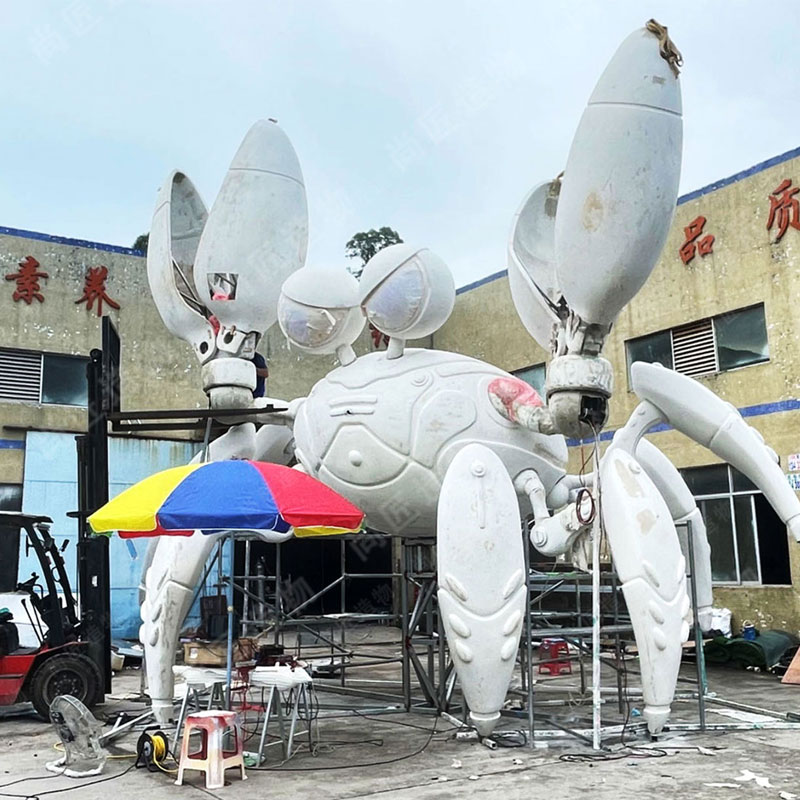
Rotating Layers with Rubber Wheels
Rubber wheels serve as critical components in kinetic metal art, enabling smooth rotational movement while minimizing friction between layered metal plates. Unlike rigid gears, rubber’s elasticity allows subtle adjustments during motion, accommodating minor imperfections in alignment—a common challenge in multi-layered sculptures. When paired with low-voltage motors, these wheels transfer energy efficiently, reducing wear on mechanical parts and maintaining consistent rotation speeds essential for creating optical illusions.
Artists often position rubber drive wheels at strategic contact points between layers, ensuring force distribution remains balanced. For example, a kinetic sculpture might use concentric rings driven by rubber-tipped axles to simulate planetary motion. The choice of rubber hardness (measured in durometers) impacts performance: softer compounds provide grip for heavier layers, while firmer variants suit precision-driven systems.
Integrating rubber wheels with clockwork or external motor systems requires careful calibration. Over-tightening can deform wheels, causing slippage, whereas loose configurations may lead to erratic movement. Advanced designs incorporate rubber-coated gears or hybrid systems where rubber wheels interface with metal bearings, blending durability with controlled flexibility. This approach ensures rotational harmony, a prerequisite for sculptures that rely on synchronized motion to evoke depth and fluidity in static metal forms.
Clockwork Mechanisms in Kinetic Art
Clockwork mechanisms, rooted in centuries-old engineering, provide a tactile foundation for modern kinetic art. These systems rely on precisely calibrated gears, springs, and escapements to transfer energy through interlocking components. In kinetic sculptures, artists often pair traditional clockwork elements—like brass gears or steel tension springs—with micro motors to automate motion without sacrificing the organic rhythm of mechanical systems. For instance, a stainless steel sculpture might integrate a wind-up mechanism with a low-torque motor, allowing layers to rotate in staggered intervals that mimic natural patterns.
Unlike purely motorized designs, clockwork-driven pieces emphasize incremental tension release, creating pauses and accelerations that enhance perceptual depth. Artists frequently modify escapement regulators to alter rotational speed, producing hypnotic effects when combined with reflective metal surfaces. This hybrid approach bridges analog craftsmanship with contemporary automation, offering reliability in prolonged exhibitions where uninterrupted motion is critical. By adjusting gear ratios or spring stiffness, creators fine-tune the balance between mechanical predictability and the subtle irregularities that evoke lifelike movement. Such techniques ensure clockwork remains relevant in an era dominated by digital precision, preserving its role as both functional engine and aesthetic signature.
Creating Illusions with Kinetic Motors
Kinetic motors in metal art transcend simple motion—they manipulate perception through carefully engineered mechanics. By controlling rotation speeds and directional shifts, artists craft optical illusions that challenge viewers’ sense of stability. For instance, overlapping layers rotating at differential rates create moiré patterns, where static metal appears to ripple or warp. This effect is amplified by strategic lighting, which casts dynamic shadows that morph with each turn of the sculpture’s components.
Central to these illusions are precision gear systems and rubber drive wheels, which ensure smooth, consistent motion without jarring interruptions. A motor’s torque must balance power with subtlety, as even minor vibrations can disrupt delicate visual effects. Consider the interplay in an IP character sculpture, where synchronized motorized arms and rotating panels produce the illusion of a figure in perpetual transformation. Such designs rely on concealed clockwork elements that maintain rhythm while hiding mechanical complexity.
Artists often experiment with asymmetrical weight distribution or staggered activation sequences to simulate organic movement. A sculpture might appear to “breathe” as its layers expand and contract, or mimic fluidity through staggered rotations. The result is a fusion of engineering and artistry, where motors become invisible narrators of visual paradoxes.
Kinetic Art Central Motor Integration
Central motor systems form the operational core of rotating-layer kinetic sculptures, balancing power distribution while maintaining aesthetic integrity. Unlike external drives, these integrated units are strategically positioned within the sculpture’s geometric center, enabling symmetrical torque delivery to interconnected layers. Engineers often employ brushless DC motors for their compact size and precise speed control, which is critical for synchronizing rotating elements without visual interference. A key challenge lies in minimizing vibration transfer; solutions include isolating the motor mount with silicone dampeners or embedding it within weighted brass housings.
The integration process requires careful alignment of drive shafts with primary gear clusters, often using flexible couplings to accommodate thermal expansion in metal frameworks. For sculptures featuring optical illusions, such as Cartoon sculpture designs, motors are programmed with microcontrollers to execute variable rotation patterns that enhance perceptual effects. Recent advancements incorporate regenerative braking systems, allowing kinetic energy from moving layers to partially recharge power sources—a nod to perpetual motion concepts. This centralized approach not only streamlines maintenance but also preserves the artwork’s visual continuity by concealing mechanical components beneath polished surface layers.
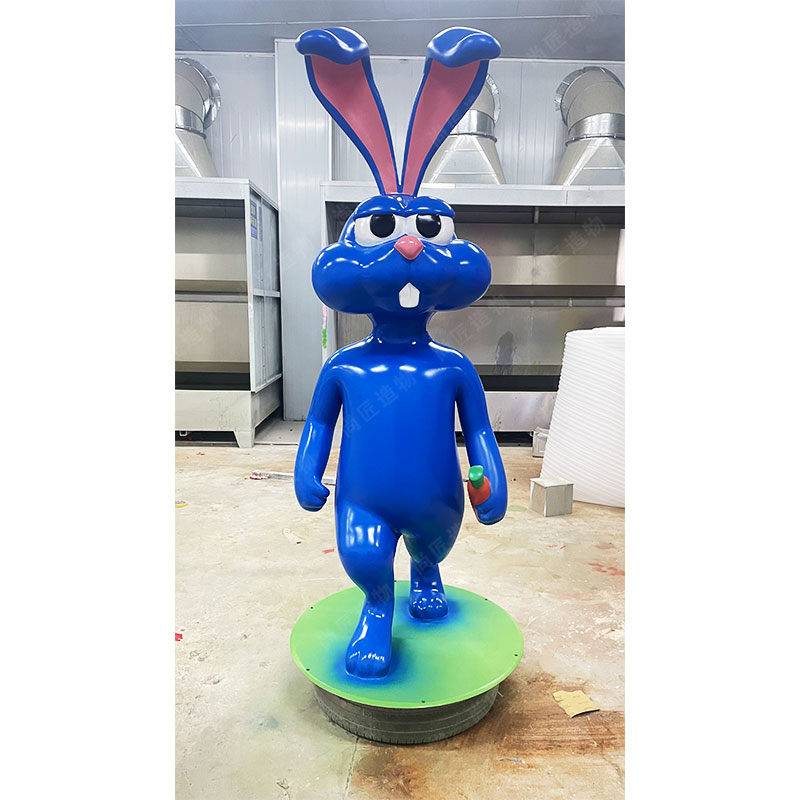
External Wheel Drive Systems Guide
External wheel drive systems offer a versatile solution for powering rotating layers in kinetic metal art, particularly when centralized motor placement proves impractical. These configurations typically employ high-torque DC motors mounted on the sculpture's periphery, connected to rotating metal discs through precision-engineered rubber drive wheels. The elastic properties of neoprene or silicone drive wheels compensate for microscopic imperfections in metal surfaces, maintaining consistent friction contact even during thermal expansion cycles common in outdoor installations.
Key design considerations include motor-to-wheel diameter ratios, where a 3:1 reduction often optimizes rotational speed for visual effect while preserving torque integrity. Many artists incorporate adjustable tension brackets, allowing real-time calibration of wheel pressure against moving components – a critical feature when integrating with existing fiberglass sculpture elements that might expand differently than metal under temperature changes. Advanced implementations sometimes use dual-wheel drives with opposing angles to create controlled precession effects, adding dimensional complexity to the perceived motion.
Maintenance protocols emphasize regular inspection of drive wheel wear patterns, as uneven degradation can introduce harmonic vibrations that compromise both motion smoothness and structural integrity. Weather-resistant variants often feature sealed bearing compartments and UV-stabilized rubber compounds, particularly important for installations combining metal and polymer components in variable climates.
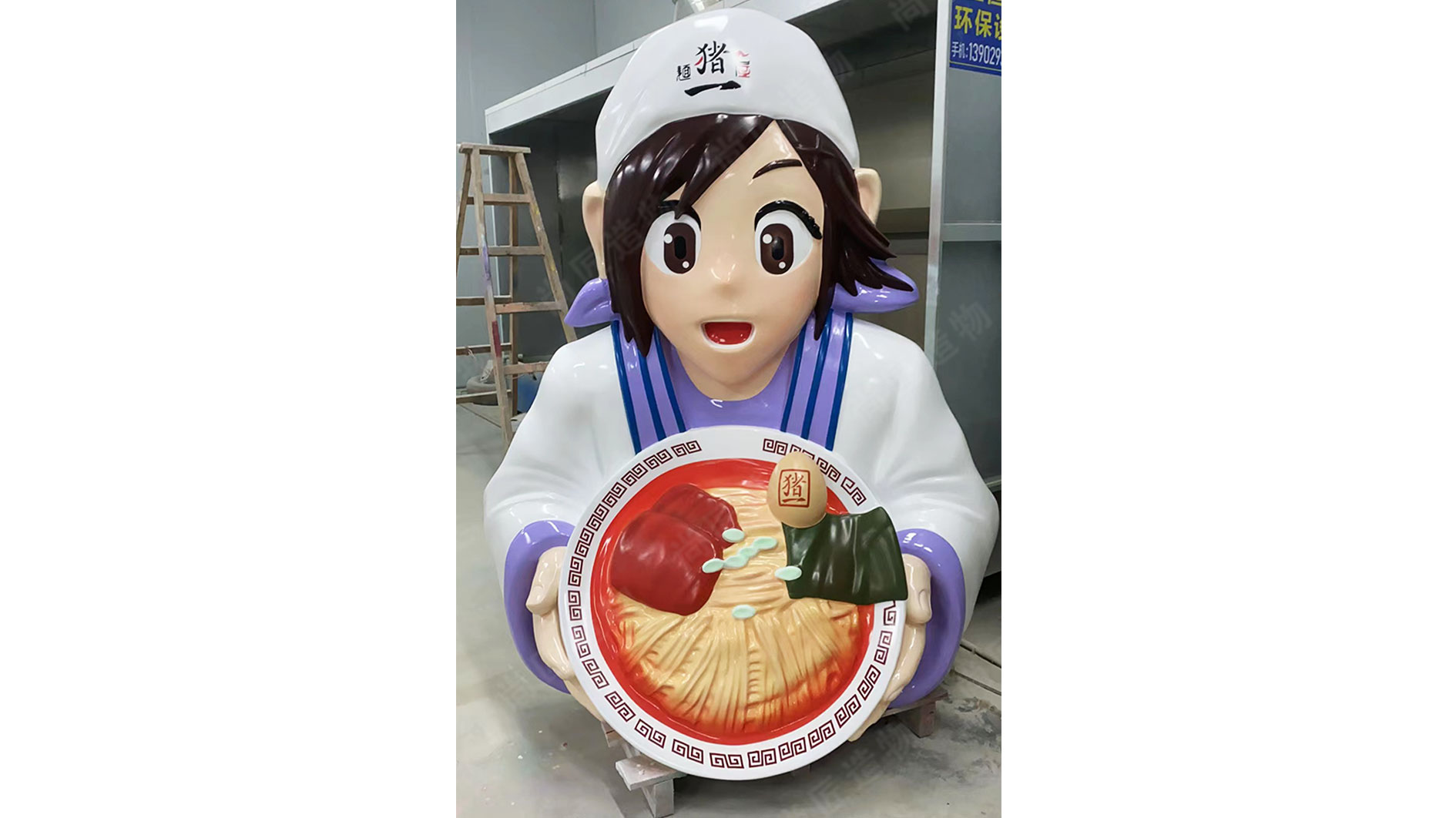
Metal Sculpture Layered Rotation Tips
Achieving seamless layered rotation in kinetic metal sculptures requires balancing mechanical precision with artistic vision. Start by analyzing the weight distribution of each layer—uneven loads strain motors and disrupt motion. Lightweight metals like aluminum work well for upper layers, while denser materials like steel provide stable bases. Precision bearings or low-friction bushings, such as nylon or PTFE, ensure smooth transitions between rotating tiers.
When aligning rotational axes, maintain consistent spacing to avoid collisions while preserving the illusion of interconnected movement. For multi-directional layers, consider independent motor systems synced via microcontrollers to control speed and timing. Rubber-coated drive wheels, positioned at layer edges, offer grip without marring metal surfaces. To reduce noise, pair belt-driven systems with dampening materials like silicone spacers.
Test rotational harmony by manually spinning layers before final assembly—irregularities in balance or alignment become apparent quickly. Adjust gear ratios or motor torque settings to refine motion fluidity. For dynamic visual effects, experiment with asymmetrical layer shapes that catch light differently as they rotate, amplifying the sculpture’s hypnotic quality. Always prioritize modular designs, allowing easy access to motors or gears for maintenance without disassembling the entire structure.
Motor Selection for Kinetic Metal Art
Choosing motors for kinetic metal art requires balancing mechanical precision with artistic intent. Low-torque gear motors (3-12V DC) often suffice for lightweight rotating layers, while high-torque models (20-40 RPM) handle heavier brass or steel components. Stepper motors provide exact angular control for synchronized optical illusions, though brushless DC motors offer quieter operation—critical for gallery installations. Voltage compatibility with rubber drive wheels matters; mismatched power can cause slippage in pulley systems. Weather-resistant housings (IP54 or higher) are advisable for outdoor sculptures, paired with corrosion-resistant aluminum or stainless steel frames.
Integrating motors into layered designs demands attention to space constraints. Micro planetary gearboxes fit within narrow cavities, whereas external wheel drives require strategic alignment to avoid visual clutter. For clockwork-inspired pieces, consider modular motors that mimic manual winding mechanics. Always test duty cycles: continuous operation may necessitate thermal protection to prevent overheating. Prioritize motors with adjustable speed controllers, allowing artists to fine-tune rotational rhythms that enhance the illusion of perpetual motion without compromising structural integrity.
Conclusion
The interplay of mechanics and artistry in kinetic metal sculptures reveals a delicate balance between precision engineering and creative vision. Rotating-layer designs, powered by carefully selected motors and gear systems, demonstrate how technical components can transcend their functional roles to become integral elements of aesthetic expression. By integrating rubber drive wheels and clockwork mechanisms, artists achieve controlled motion that challenges perceptions of weight and stability in metalwork. These systems not only enable perpetual movement but also amplify optical illusions, inviting viewers to question the boundaries between static form and dynamic energy.
As the field evolves, the emphasis on sustainable motor integration and wear-resistant materials continues to shape contemporary practices. Whether through central motor configurations or external wheel drives, the success of such artworks hinges on harmonizing torque requirements with visual intent. This synergy ensures that each sculpture’s motion remains as intentional as its design—a testament to the meticulous planning underlying every rotating layer and calibrated gear.
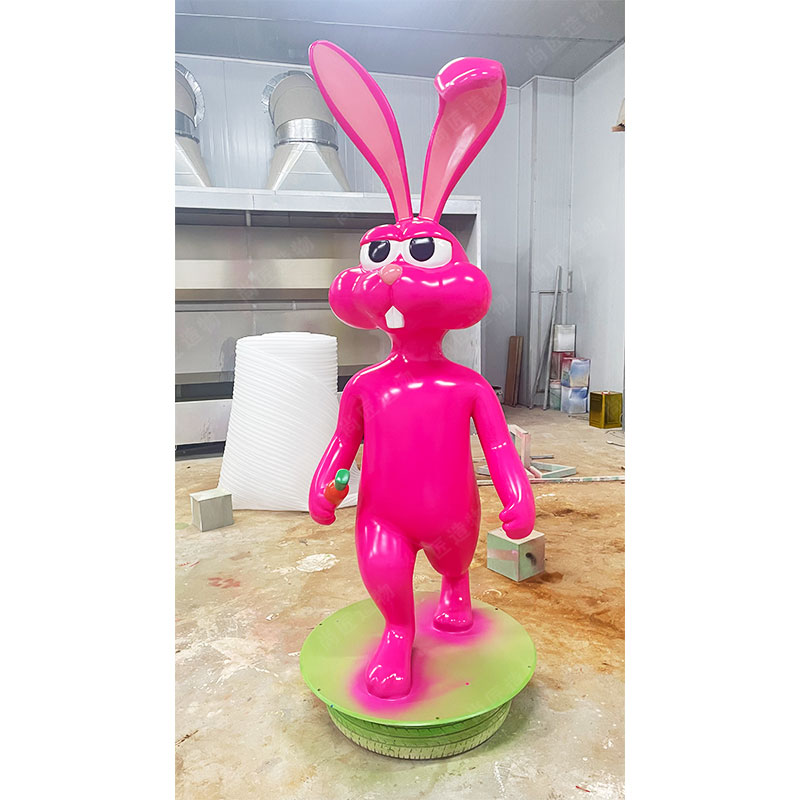
Frequently Asked Questions
What types of motors are best suited for kinetic metal art with rotating layers?
Low-voltage DC motors, such as stepper or servo motors, are ideal due to their precision and adjustable speed. These motors pair well with rubber drive wheels to minimize friction and ensure smooth layer rotation.
How are rotating layers synchronized in motorized kinetic sculptures?
Gear systems or timing belts are often used to link layers, maintaining consistent motion. Rubber wheels act as buffers, reducing noise and preventing metal-on-metal wear while transferring power between layers.
Can clockwork mechanisms coexist with electric motors in kinetic art?
Yes. Hybrid designs incorporate clockwork springs for backup motion during power interruptions, while motors handle primary movement. This fusion creates the illusion of perpetual motion in layered sculptures.
What maintenance do motor-driven kinetic sculptures require?
Lubricating gears, cleaning rubber wheels, and checking electrical connections every 3–6 months prevents wear. Dust shields or enclosed housings protect motors and gears in outdoor installations.
How do artists create optical illusions with rotating layers?
By varying rotational speeds and layer densities, artists exploit persistence of vision. Patterns on overlapping layers appear to merge or shift when spun at calibrated RPMs.
Are there safety concerns when integrating motors into metal sculptures?
Secure motor mounting and insulated wiring are critical. Use motors with thermal overload protection to prevent overheating, especially in sculptures with continuous operation.
What materials enhance durability in motorized kinetic art?
Anodized aluminum or stainless steel resists corrosion, while silicone-based rubber wheels maintain grip over time. Avoid materials prone to warping under torque, like thin brass sheets.
Can hobbyists build motorized kinetic art without advanced engineering skills?
Yes. Modular motor kits with pre-configured gear ratios simplify assembly. Start with single-layer designs before progressing to multi-axis rotations.
 ch
ch English
English






